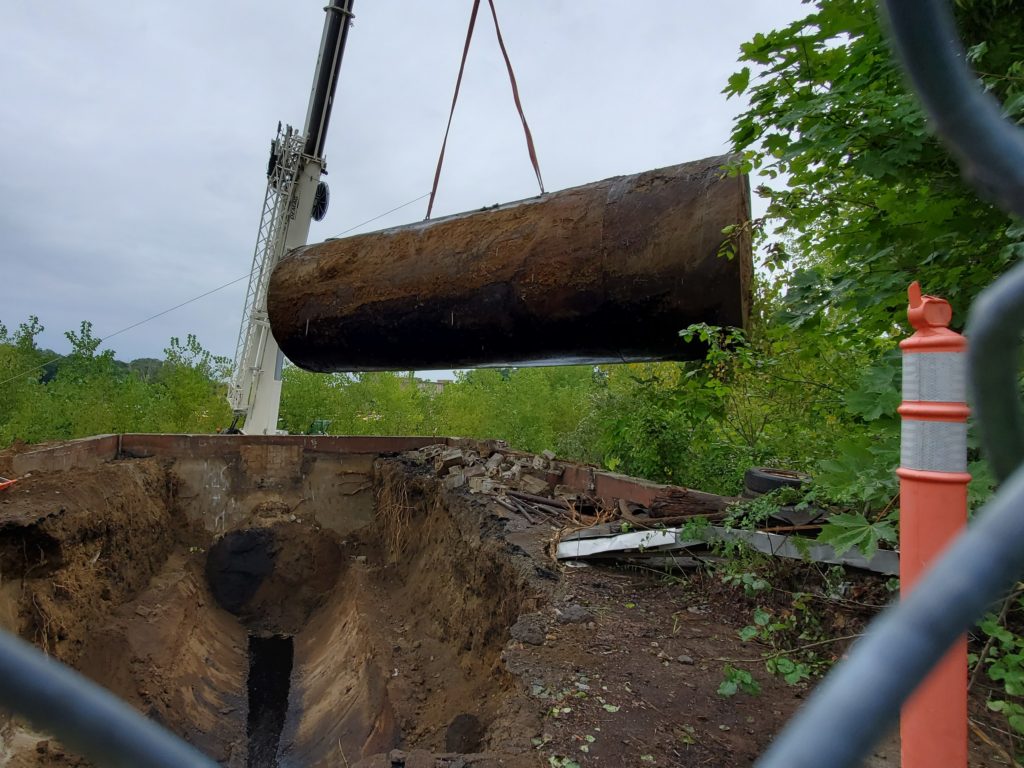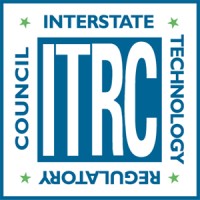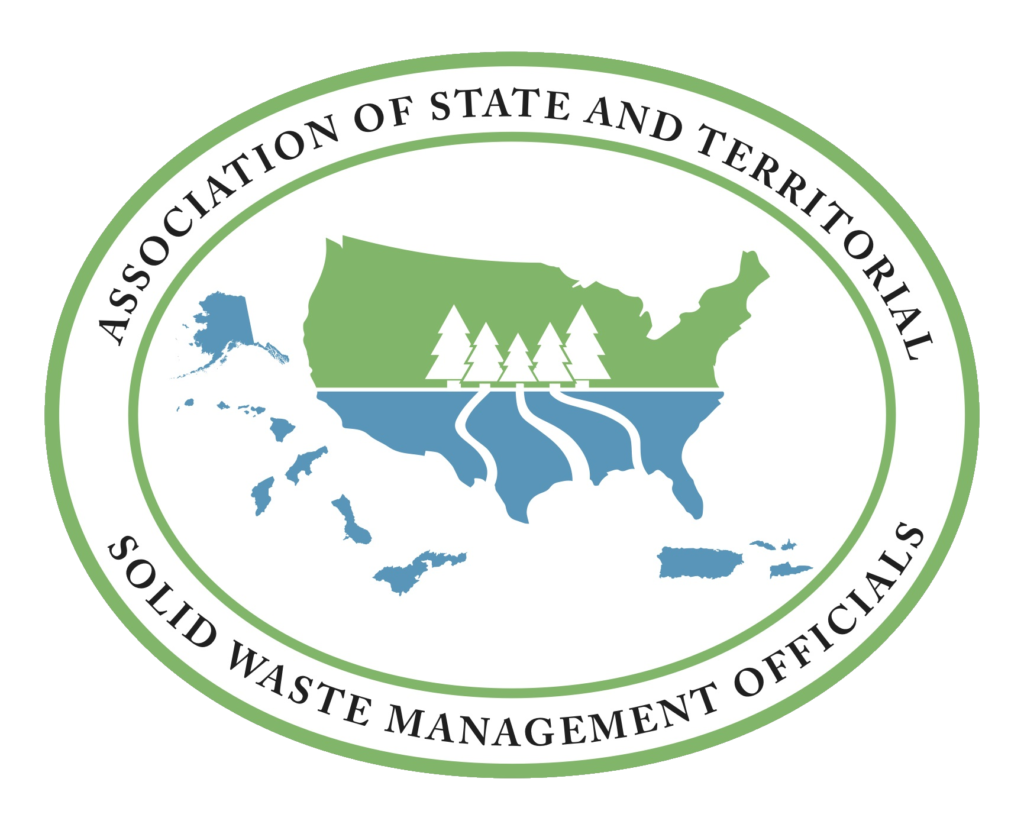Below is a list of available Leaking Underground Storage Tank (LUST) site management resources, including training courses, videos, publications, and surveys. Courses are available online and/or in person.
LUST Site Management Webinars
NEIWPCC works with partners to develop training webinars aimed at a national audience of state and tribal LUST project managers. The goal of NEIWPCC’s UST webinars is to improve UST program performance, educate UST inspectors on policy and UST systems and equipment, and ultimately prevent UST releases to the environment.
There are no upcoming webinars at this time.

Past Webinars
| Date | LUST Webinar Title | Speaker(s) | Keywords |
|---|---|---|---|
| 2023-Aug | Treatment Trains | Tom Fox, CO CDLE, Debra Thoma, SCDHEC, Ed Winner, RPI Group, Inc | LUST, UST, Contamination, Remediation, excavation, ORC, gas stations, petroleum, HRSC |
| 2022-Oct | Site Assessment II: High Resolution Site Characterization | West Johnson, Columbia Technologies, LLC Mark Junker, Sac and Fox Nation of MO in KS and NE Corie White, SC DHEC |
LUST, UST, contamination, site assessment, petroleum remediation, gas stations, HRSC, CSM |
| 2022-Oct | Site Assessment I: Bedrock Sites | Todd Halihan, Oklahoma State University Nathan Thacker, AST Environmental Dale Werkema, U.S. EPA |
LUST, UST, contamination, site assessment, petroleum remediation, gas stations, HRSC, CSM, bedrock sites |
| 2021-Nov | Air Sparge, Soil Vapor Extraction, and Dual-phase Extraction at LUST Sites | Edward Tung, MK Environmental, Inc. Matthew Lahvis, Shell |
LUST, UST, contamination, site assessment, petroleum remediation, gas stations, AS, SVE, VOCs |
| 2020-Sept | Collaborating Across Regulatory Programs to Achieve Shared Goals | Kris Shiffer, PA DEP Suzanne Connelly, NH DES Meredith Love, SC DHEC |
LUST, UST, contamination, site assessment, petroleum remediation, gas stations, collaboration |
| 2020-Oct | LUST Corrective Action: Resources, Case Study, and a Discussion on Remedial Design Characterization and In-Situ Remedial Methods | Kristopher McCandless, VA DEQ Vicki Voisard, KY DEP Bill Brab, CPG, AST Environmental, Inc. |
LUST, UST, contamination, site assessment, petroleum remediation, gas stations, corrective action |
| 2020-Nov | Changing Fuel Consumption, COVID-19, and Other Challenges – Perspectives on the State of State Funds and Environmental Insurance | Will Anderson, EPA OUST Emma Krulick, EPA OUST Mahesh Albuquerque, Colorado OPS Therron Blatter, Utah DEQ Greg Travis, Berkley Environmental David Wattles, Idaho PSTF Robert Winterburn, Chubb Environmental |
LUST, UST, contamination, site assessment, petroleum remediation, gas stations, covid-19, emerginig trends |
| 2020-May | CT Success Story: Bridgewater Convenience Store | Allison Lauippa, CT DEEP | LUST, UST, contamination, site assessment, petroleum remediation, gas stations, CT |
| 2020-May | What Could Possibly Go Wrong? | Joe Cunningham, RIDEM | LUST, UST, contamination, site assessment, petroleum remediation, gas stations, RI |
| 2020-Jun | Evaluating Remediation Workplans | Tom Fox, CO Division of Oil & Public Safety Bill Brasher, CA State Water Resources Control Board |
LUST, UST, contamination, site assessment, petroleum remediation, gas stations, project management |
| 2020-Jun | Lessons Learned from Using HRSC at LUST Sites | John Sohl, Columbia Technologies Dorothy Malaier, Alabama Department of Environmental Management Ashleigh Thrash, South Carolina Department of Health & Environmental Control |
LUST, UST, contamination, site assessment, petroleum remediation, gas stations, HRSC |
| 2019-Jul | Risk Based Corrective Action – Unit 2 | Ravi Arulanantham, Geosyntec Consultants Matthew Cohen, CA State WRCB Hannah Phillips, CO DLE-Div of Oil & Public Safety Laura Luther, MO DNR-DEQ |
LUST, UST, contamination, site assessment, petroleum remediation, gas stations, RBCA, risk assessment |
| 2018-Sep | PVIScreen Model – Take the Deep Knowledge Plunge with This Workshop (NTC 2018) | Jim Weaver, US EPA John Menatti, UT DEQ Tom Walker, US EPA |
LUST, UST, contamination, site assessment, petroleum remediation, gas stations, PVI, vapor intrusion |
| 2017-Oct | Risk Based Corrective Action – Unit 1 | Ravi Arulanantham, Geosyntec Consultants Atul Salhotra, RAM Group, Inc. |
LUST, UST, contamination, site assessment, petroleum remediation, gas stations, RBCA, risk assessment |
| 2017-May | LNAPL Conceptual Site Models | Rick Ahlers and Jeffrey McDonough, Arcadis | LUST, UST, contamination, site assessment, petroleum remediation, gas stations, LNAPL, floating product, free product, light non-aqueous phase liquid, CSM, HRSC |
| 2016-Sept | Emerging Cleanup Technology | Noel Shenoi, CalClean, Inc. Tom Fox, CO Division of Oil and Public Safety Edward Winner, KY UST Branch |
LUST, UST, contamination, site assessment, petroleum remediation, gas stations, emergining technologies |
| 2016-Jul | Smart Characterization – The New Era of Site Investigations | Nick Welty & Rick Ahlers, Arcadis | LUST, UST, contamination, site assessment, petroleum remediation, gas stations, HRSC, emergining technologies |
| 2015-Jan | Effective Use of High Resolution Tools for LNAPL Cost Management | John Sohl & Roger Lamb, COLUMBIA Technologies | LUST, UST, contamination, site assessment, petroleum remediation, gas stations, HRSC, cost management, LNAPL, floating product, free product, light non-aqueous phase liquid |
| 2012-Jun | Petroleum Vapor Intrusion | Tom Walker, EPA OUST Robin Davis, UT DEQ Blayne Hartman, Hartman Environmental Geoscience Todd Ririe, BP |
LUST, UST, contamination, site assessment, petroleum remediation, gas stations, PVI, vapor intrusion |
Additional Resources

Interstate Technology Council (ITRC) Webinars
ITRC offers free webinars and trainings on LUST-related topics. Information on upcoming and past webinars is available on their website.
ASTSWMO Webinars
The Association of State and Territorial Solid Waste Management Officials (ASTSWMO) offers free UST and LUST webinar training opportunities.

Publications
What Do We Have Here?
This video was produced in 2013 and Underground Storage Tank (UST) regulations have been updated since that time. NEIWPCC created a training video that covers the nature of petroleum, site assessment at tank closure, inspection equipment, field observations and analysis, planning and decision-making, and site closure. It also covers the basics of sampling and handling soil and water for field testing and transport.
2006 NEIWPCC Survey: State Experiences with Petroleum and Hazardous
Substance Releases at LUST Sites, Heating Oil Tanks, and Out of Service Tanks
In 2006, NEIWPCC received a grant from the U.S. EPA Office of Underground Storage Tanks to develop and conduct a national survey. The survey addressed primarily topical LUST-related issues, but also other programmatic areas that would help provide insight into state experiences. All 50 states responded to the survey electronically, allowing readers to view the raw and compiled data. Some survey questions paralleled those asked in the 2003 survey; all results from the 2006 survey are compared in the “State Response Summary” and the “Survey Report” attachments.
2006 NEI Survey Report
Survey State Contact List
State Standards
2006 Survey Summary
2003 NEIWPCC Survey: Survey of State Experiences with MTBE and Other Oxygenate Contamination at LUST Sites
In 2002, NEIWPCC received a grant from the EPA Office of Underground Storage Tanks to develop and conduct a national survey to determine how MtBE and other oxygenate contamination affected state LUST programs and the cleanup of contaminated sites. The survey focused on the following oxygenates: methyl tertiary-butyl ether (MtBE),
tertiary-butyl alcohol (TBA), ethanol, tert-amyl methyl ether (TAME), ethyl tertiary-butyl ether (EtBE), and diisopropyl ether (DIPE). This survey was a follow-up to the 2000 NEIWPCC survey that focused primarily on MtBE. As with the 2000 survey, responses were received from all 50 states.
Executive Summary
Summary Report
Survey Results
Appendix
2000 NEIWPCC Survey: A Survey of State Experiences with MtBE Contamination at LUST Sites
NEIWPCC received a grant from the EPA Office of Underground Storage Tanks to conduct a survey of all 50 states to determine how MtBE contamination affected state LUST programs and the cleanup of contaminated sites. The following summary of state responses provides a fairly comprehensive snapshot of state experiences with MtBE to date. Survey questions covered topics including State MtBE standards, MtBE analysis, MtBE site assessment, MtBE remediation, other oxygenates, GIS, and information needs.
